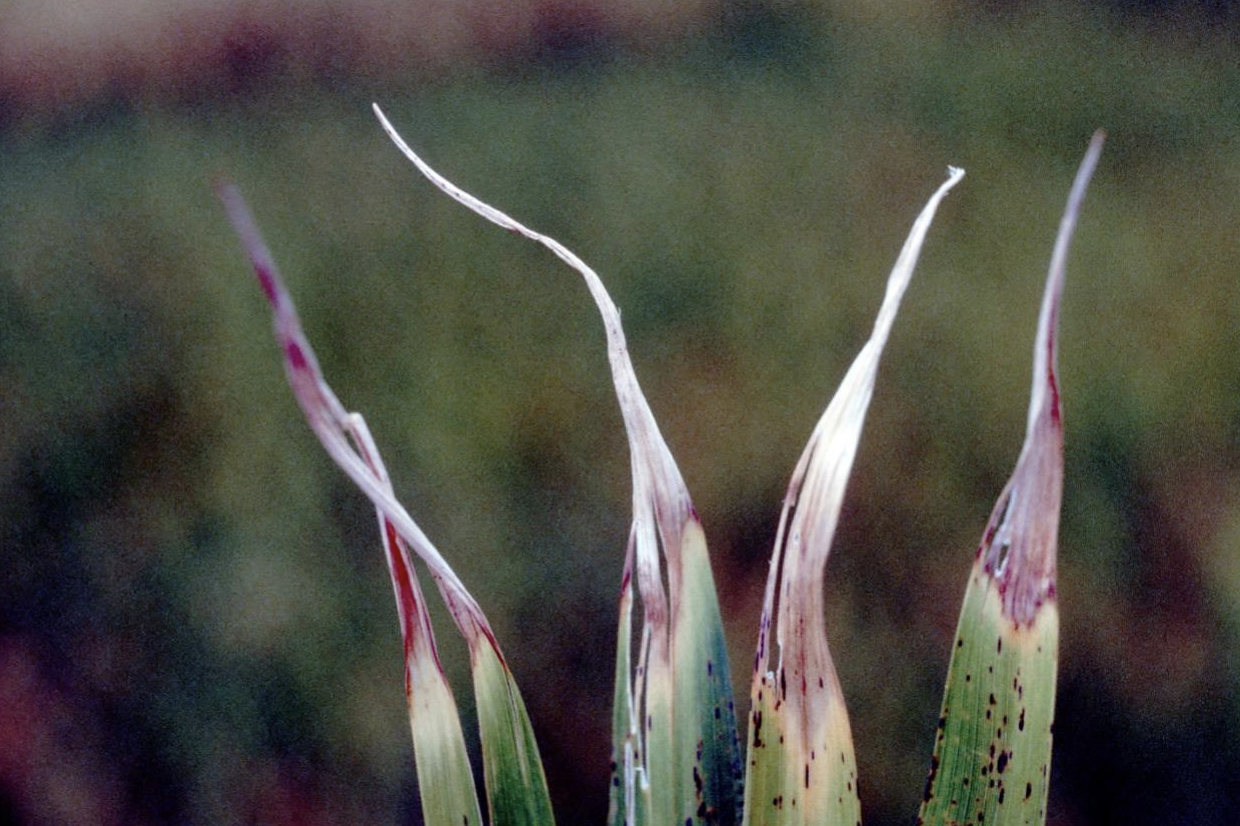Rice Nematode Identification and Control
Aphelenchoides besseyi is a nematode species that causes characteristic symptoms of yellowing of leaf tips with white areas in the upper portion of rice leaves. It infects both flooded and upland rice and survives from season to season mostly in infected seeds. This nematode multiplies and often carried upward as rice grows and eventually, move into panicle florets via film of water. The nematode is, therefore, seed borne and commonly known as white tip nematode. It can be detected in rice fields of the U.S.A. sometimes after tillering but whit tip is considered a minor disease
Symptoms
- 3 to 5 cm of leaf tips show characteristic yellowing with white tips
- As the crop matures, tips above the white area turn tan or brown and get torn
- Affected rice plant often are stunt
- Tips of developing leaves including the flag leaves may get twisted and crinkled.
- Affected panicles/florets can be distorted and discolored
Management measures:

- Presoak seeds for 24 hours in cold water followed by hot water at 51 to 53º C for 15 minutes for large quantity of seeds
- Treat with hot water for 10 to 15 minutes at 55 to 61º C for small amount of seeds
Chemical control:
- Seed treatments with nematicides can be effective. Due to the directing seeding system, fumigation of seeds in storage can reduce the nematode population. However, specific chemical products are not recommended for use in the U.S.A, There are products recommended for other countries that do transplanting.